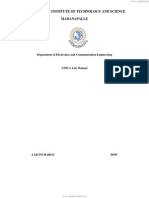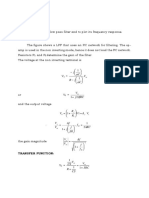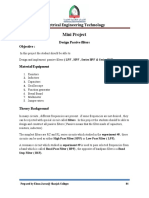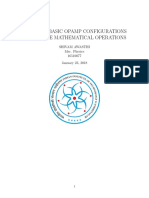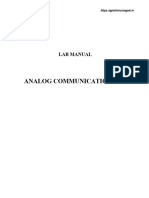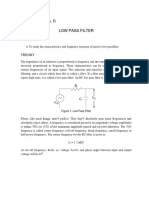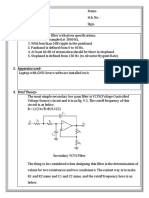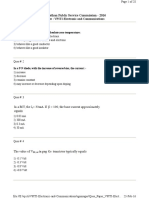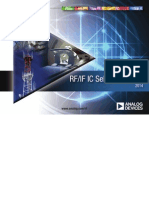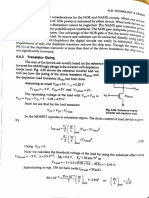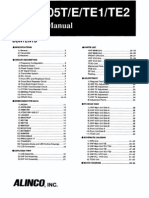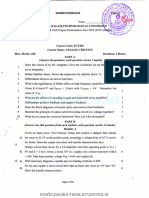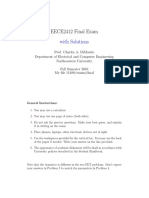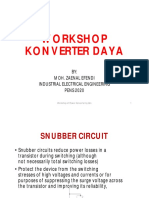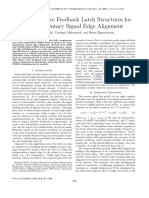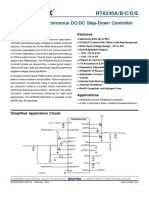0% found this document useful (0 votes)
18 views9 pagesAnalog Communication Assignment 1
The lab report details the design and implementation of basic analog filters, including low-pass, high-pass, and band-pass filters, using operational amplifiers. Key objectives included analyzing filter responses, implementing an active low-pass filter, and designing an analog adder circuit. Results indicated slight deviations from theoretical values due to component limitations, impacting filter performance and gain accuracy.
Uploaded by
erpkgpugCopyright
© © All Rights Reserved
We take content rights seriously. If you suspect this is your content, claim it here.
Available Formats
Download as PDF, TXT or read online on Scribd
0% found this document useful (0 votes)
18 views9 pagesAnalog Communication Assignment 1
The lab report details the design and implementation of basic analog filters, including low-pass, high-pass, and band-pass filters, using operational amplifiers. Key objectives included analyzing filter responses, implementing an active low-pass filter, and designing an analog adder circuit. Results indicated slight deviations from theoretical values due to component limitations, impacting filter performance and gain accuracy.
Uploaded by
erpkgpugCopyright
© © All Rights Reserved
We take content rights seriously. If you suspect this is your content, claim it here.
Available Formats
Download as PDF, TXT or read online on Scribd
/ 9




